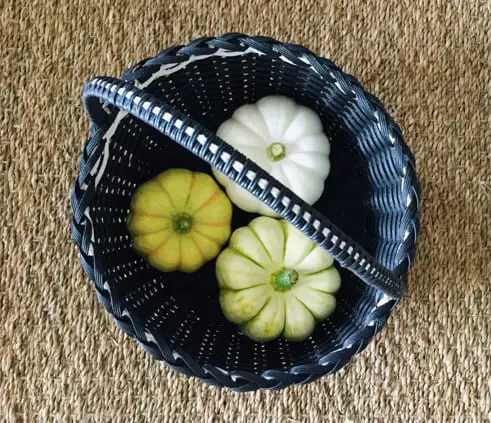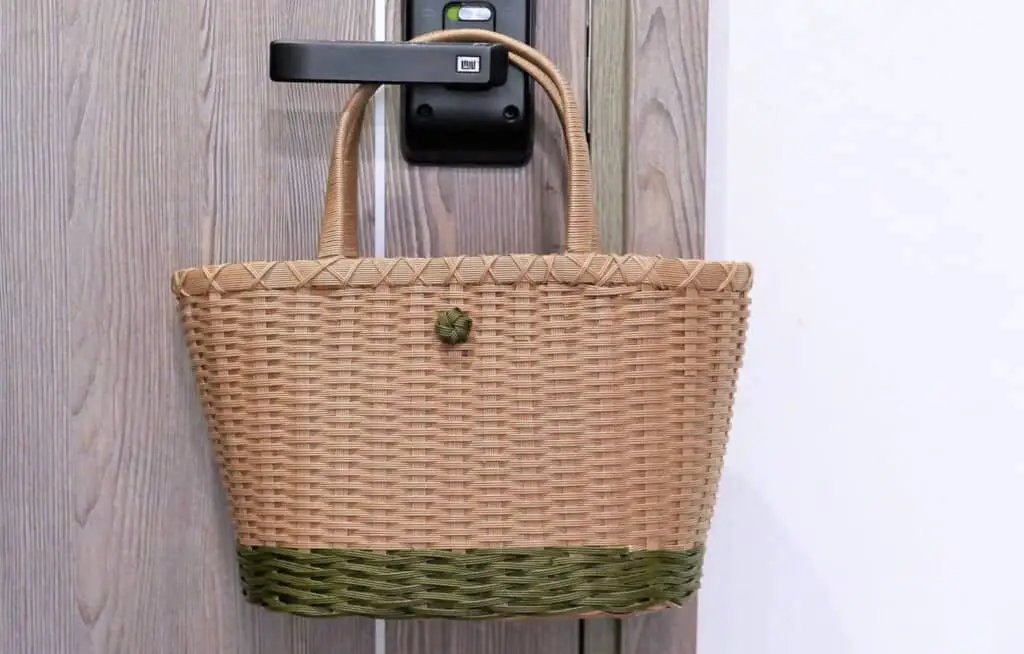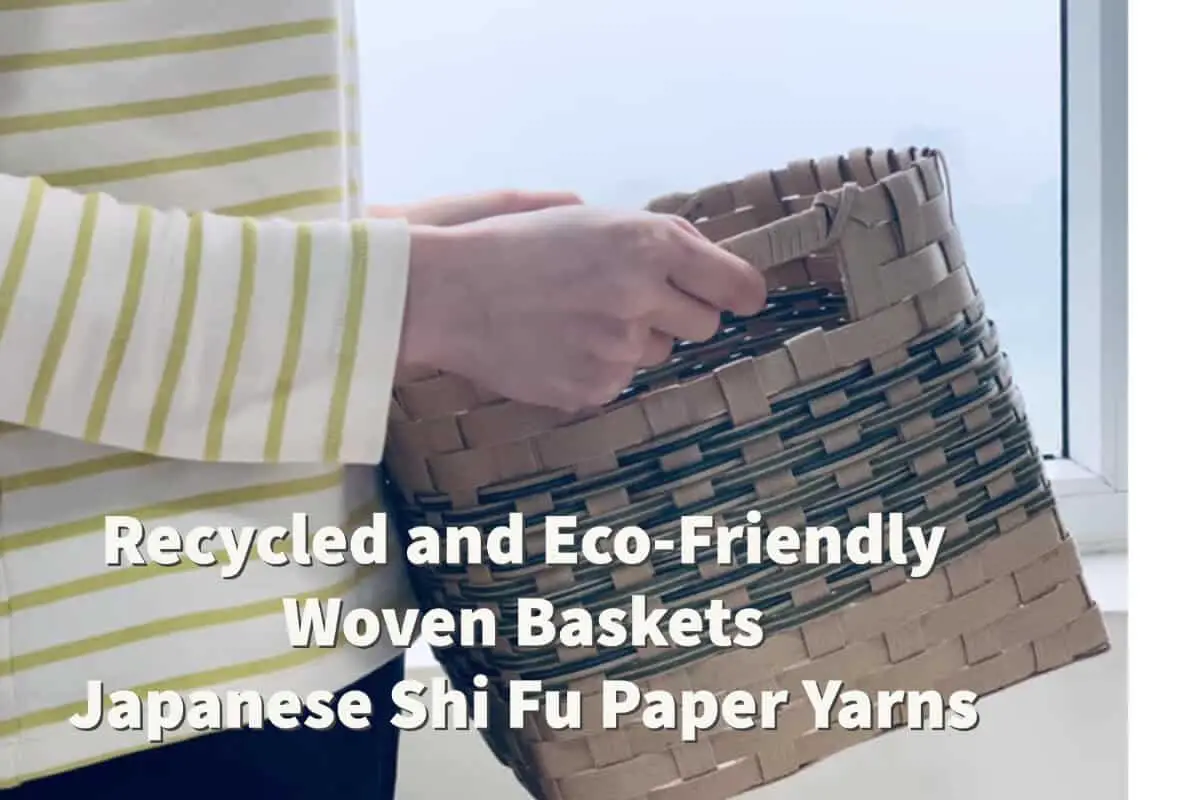Mondoro recently discovered a new interesting recycled and eco-friendly material that we can use to weave home decor products. This material is a paper that is similar to an ancient Japanese paper yarn technique.
For hundreds of years, the Japanese have been using paper to spin and make yarns for clothes and other items. Today, companies build upon this ancient Japanese paper yarn technique to produce recycled and eco-friendly paper bamboo yarns. We can use these paper materials to weave products such as baskets and other items.
Table of Contents
- Japanese Tosa-Washi Paper and Shi Fu Paper Yarns
- How Paper Recycling Helps The Environment
- Using Paper Weave in Home Decor Products
- Related Content

Japanese Tosa-Washi Paper and Shi Fu Paper Yarns
Japanese Tosa-Washi paper has a 1,000-year history. The Tosa-Washi paper is known for its high quality and artistry. Over time the Japanese discovered they could spin the paper into threads or yarns.
Shi Fu is a cloth that is woven from these Japanese spun paper yarns. The Shi Fu yarns are spun from the paper pulp of the mulberry tree.
The Japanese used the yarns for weaving cloth by putting the paper yarns on either the warp or weft of the loom. Traditionally, the cloth was mixed with silk or hemp. These yarns were once popular for weaving fabric and then being made into clothes.
The clothes woven out of the Shi Fu yarns were warmer than the same clothes made of cotton. This is why in many parts of Japan, the clothes with Shi Fu yarns became a substitute for cotton yarns.
The Washi cloth, as many of these clothes became known, was not only warmer but also lighter than other woven materials. The material was able to absorb sweat, was washable and soft.
Recycled Woven Paper Yarns
The same basic techniques the Japanese used to make the paper yarns have been refined to produce interesting material that is used to weave home decor products. Today, many companies are selling paper materials that are modeled after these traditional Japanese Shi Fu or Washi paper yarns.
These innovative companies are finding ways to use paper yarns to make paper bamboo or rattan materials used in both the fashion and home decor industries. The paper yarns are made from recycled paper such as old grain bags, milk cartons, and other paper waste. Pesticides and chemical fertilizers are not used in any of the production.
These paper yarns are known to be very flexible, especially when compared to bamboo and rattan. They also handle cutting, tearing, and bonding of the threads. Many of them have waterproof capabilities.
Paper weaving yarns come in a variety of colors and finishes. There is even a natural finish that looks like natural bamboo or rattan.

How Paper Recycling Helps The Environment
One of the great things about this material is that paper yarns use recycled materials. Studies have shown that recycled paper products have a huge impact on our environmental footprint.
Some statistics as to why using recycled paper is a responsible choice:
- When a paper is buried in a landfill, the waste paper will release 23 times methane gas, which is more harmful than C02.
- The incineration of waste paper uses twice as much energy as it does to produce recycled paper.
- Recycling paper can reduce CO2 emissions by 20% compared to incinerating paper; recycling paper is a far cleaner option.
- Paper fiber has a long life and can be recycled 4 or 5 times.
- 31% less energy is used to create recycled paper than making virgin fiber paper or paper from scratch.
- Producing 1 tonne of recycled paper takes 35,000 fewer liters (9,246 gallons) of water than producing 1 tonne of virgin paper fiber; this means recycled paper also saves water significantly.
- It takes about 1.2 tonnes of recycled paper fibers to make 1 tonne of Cocoon or high white recycled paper; it takes 2.5 tonnes of wood to make 1 tonne of virgin fiber paper.
The technology of recycling paper continues to improve. With the improvement of technology comes the improvement of recycled paper and the different ways to use recycled paper. The weaving of the papers into home decor products is one way to use recycled paper in a new way.
Using Paper Weave in Home Decor Products
There are many ways that this paper weave can be used for home decor products. Here are some of the ways that we see they can be used:
- Bags and Baskets – One way that paper products are being used is with bags and home decor baskets.
- Bathroom Accessories – We feel that the recycled paper would also make some great bathroom accessories as the material has some waterproof qualities.
- Mirrors, Lamps, and Lighting -Can use paper material to substitute for any natural materials for home decor products.
We love this new innovative material and feel it has many significant uses for the home furniture and home decor industry. It will also help responsible companies show they care about the environment and recycling.
Find out more about how Mondoro can help you create, develop, and manufacture excellent home decor and furniture products – don’t hesitate to contact me, Anita. Check out my email by clicking here or become a part of our community and join our newsletter by clicking here.
Mondoro gives out a FREE Lookbook to anyone interested. You can receive a copy of our latest Lookbook by clicking here.
Listen to our Podcast called Global Trade Gal. You can find it on all major podcast platforms. Try out listening to one of our podcasts by clicking here.
Subscribe to our Mondoro Company Limited YouTube Channel with great videos and information by clicking here.
Related Content
How Do You Hand-Weave Faux Rattan?
Vietnam is a major manufacturer and weaver of faux rattan furniture and other faux rattan items; Vietnam has readily available faux rattan materials and a highly skilled workforce that can weave complex faux rattan wicker furniture and other faux rattan items. Weaving wicker products have a long and varied history. Yet, many people are confused between the definitions of rattan and wicker. Wicker is a type of weave, and rattan is a material used to weave furniture or baskets.
You can learn more by reading Hand-weaving Faux Rattan In Vietnam, What You Need to Know by clicking here.
What Are The 100% Handwoven Natural Area Rugs?
Natural area rugs are made from 100% natural materials such as jute, sisal, seagrass, and water hyacinth. These rugs are usually hand-woven or machine-made. The hand-woven rugs in Vietnam help support entire communities involved in some aspect of the production of the rugs. With some basic care and cleaning, your rugs can last for a long time.
You can learn more by reading 100% Handwoven Natural Area Rugs Guide by clicking here.


